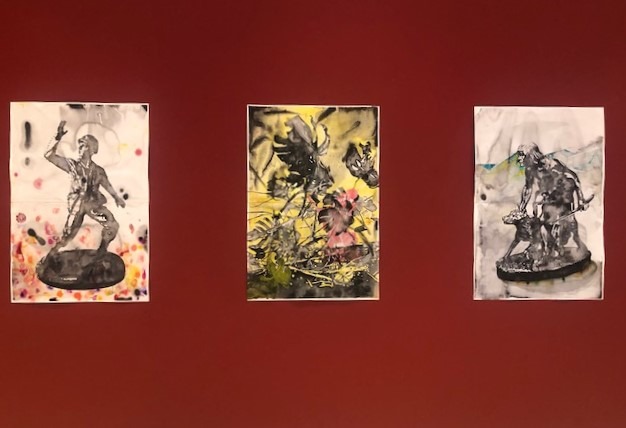It is with great pride and pleasure that I can announce I’ve won the Prize of Buggenhout/artaward Pieter Vanneste for Drawing and Printmaking 2018. My Dyptich ‘Harvest Moon-20 July 1944’ was awarded the first Prize by the Jury. The work will be on display in the boardroom of the town-hall in Buggenhout until 28 October 2018. After that the two drawings will be part of the collection of Buggenhout.
Hoge Gronden Arts festival at PAKT Antwerp
A few years ago my dear friend Kristof Morel asked me to help build two wooden houses amidst the green rooftop gardens of PAKT Antwerp.

